Eye Health
Optometry is a specialised eye health care profession that involves examining the eyes and related structures for defects or abnormalities plus refractive care (spectacles and contact lenses). At Thorntons Optometry & Co we provide comprehensive primary eye care, with your eye health central to the service we offer. Here you will find information regarding some of the common eye conditions and how we treat them.
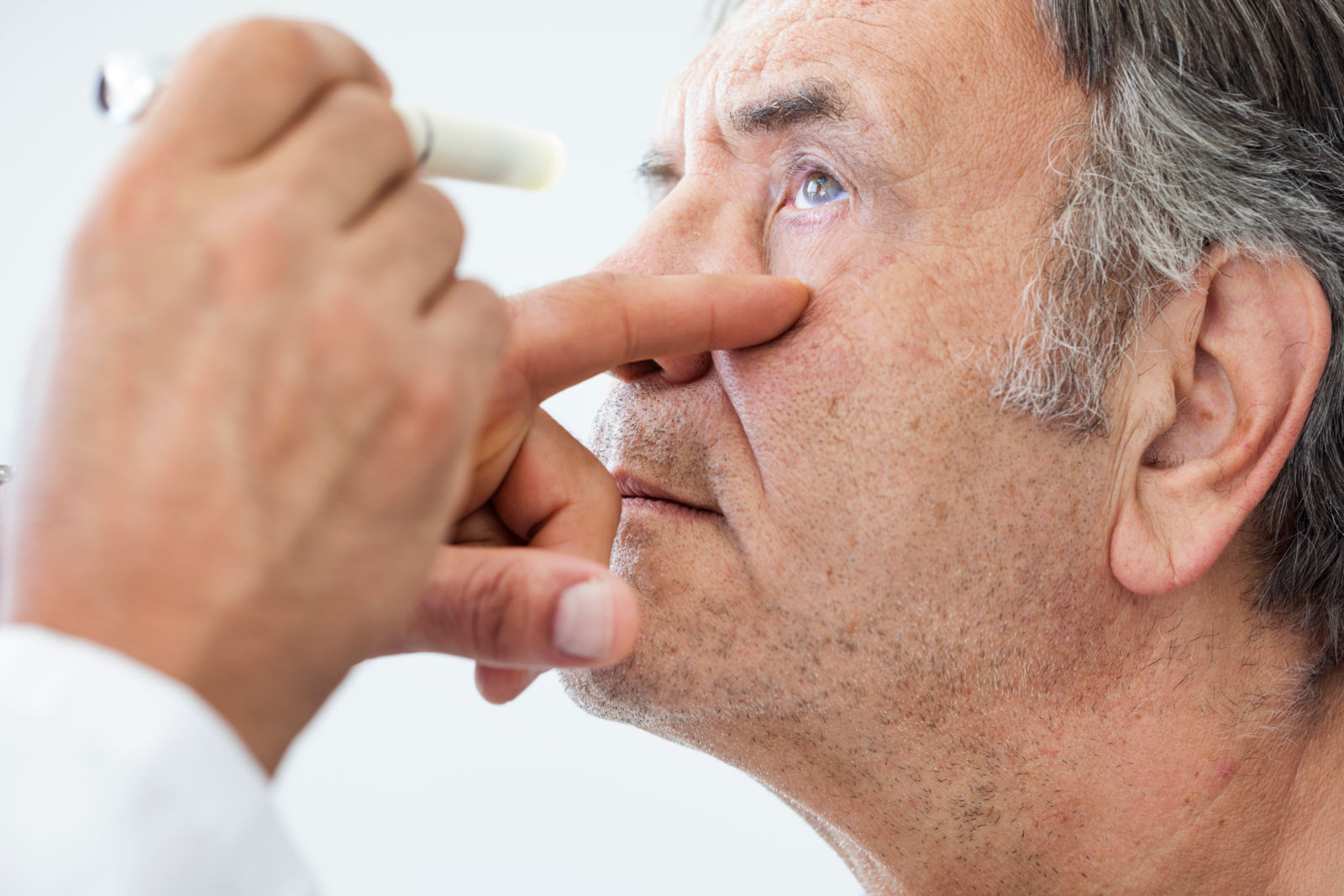
Glaucoma
Glaucoma is a group of conditions which cause damage to the optic nerve. It is one of the leading causes of blindness for those over the age of 60. Loss of vision can be very gradual, meaning that many of those affected will have no warning signs. Glaucoma can be treated. The treatment is aimed at slowing down or preventing further nerve damage. Treatment includes 1. Eye drops to lower the pressure in the 2. eye, Laser treatment where a high energy beam is used to increase drainage of fluid from the eye. 3. Surgery Most people will be unaware they have the condition. For this reason, regular eye exams are advised in order that early signs of the disease can be detected.

Macular Degeneration
As we age, the macula degenerates and can lead to blurred, distorted vision or in some cases, loss of central vision. This is called Macular Degeneration. It is the leading cause of blindness in the over 60’s. There are 2 forms, Wet and Dry Dry AMD. Dry AMD is the most common form and accounts for approx 90% of cases. It causes a slow, gradual loss of vision over time.Wet AMD causes a sudden loss of vision and is caused by leaking from blood vessels at the back of the eye. There are several ways to check for AMD during an eye examination. This can be done looking at the macula through a specialist lens, carrying out an OCT scan and by asking you to look at an Amsler Grid.

Cataracts
As we age, the clarity of our lens reduces and the lens becomes cloudy, making it more difficult to see clearly. A good, well balanced diet reduces the risk of cataracts. It is also important to wear good quality sunglasses to protect our eyes from UV light. Cataracts are a normal part of aging in the eye. A prescription change in your glasses may improve your vision. As cataracts progress and vision worsens, surgery can be performed by an Ophthalmologist (eye specialist), whereby the cloudy lens in your eye can be removed and replaced with a clear artificial lens implant. Cataract surgery is usually performed under local anaesthetic and the procedure takes approx 15-20 mins. Recovery is fast and most people will notice an immediate improvement in vision.

Flashes and Floaters
Floaters are extremely common and can occur at any age but with increased frequency as we age. They are often (but not always) associated with flashes of light in the eye. Floaters can appear as black spots, threads or cobwebs which move around in the eye. They are easier to see on a bright day or when looking at a bright background. An urgent eye examination is advised any time new/ increased floaters are noticed or if we develop flashing lights in our eyes. There is a risk the collapsing vitreous jelly and resulting traction can tear the retina. The liquified jelly can get behind the retina, causing it to peel away, leading to a retinal detachment. Bleeding which occurs at this time can be seen as a shower of floaters. A careful examination of the back of your eye and the vitreous jelly means any problem will be diagnosed and treated, reducing the risk of a serious problem occurring.
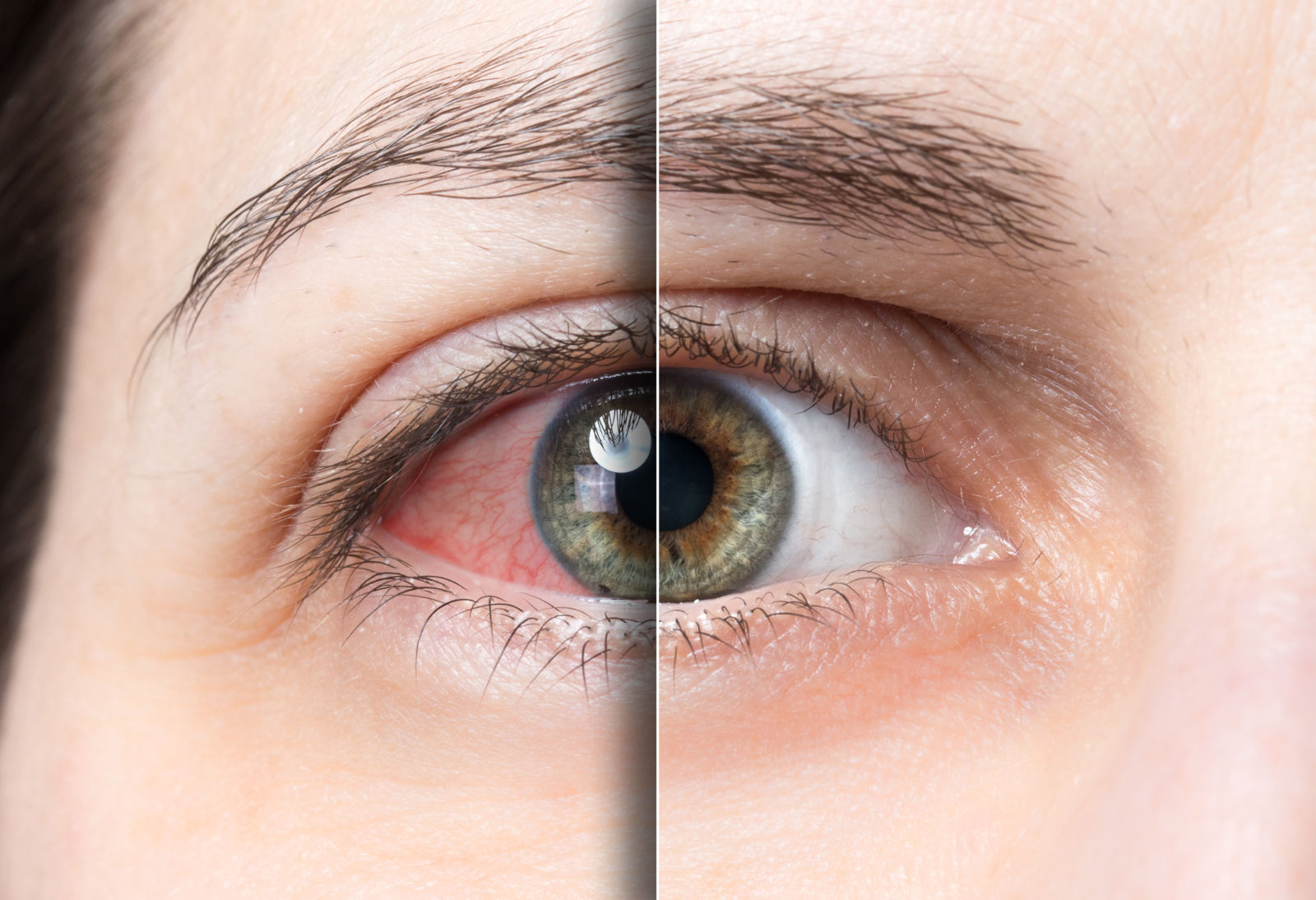
Dry Eye
Do your eyes feel gritty or sandy, are they red and watery? You may be suffering from dry eye syndrome. Dry eyes occur when the eyes do not produce enough tears or when the quality of the tears is deficient, meaning the tears evaporate too quickly. A good quality tear film is essential for clear, crisp vision. Dry eye syndrome causes conditions such as blepharitis. This is an inflammation of the eyelids, and meibomian gland dysfunction, which is when the ducts in your eyelids get blocked, can prevent your tears from doing their job. Dry Eye Syndrome can be effectively treated and monitored.
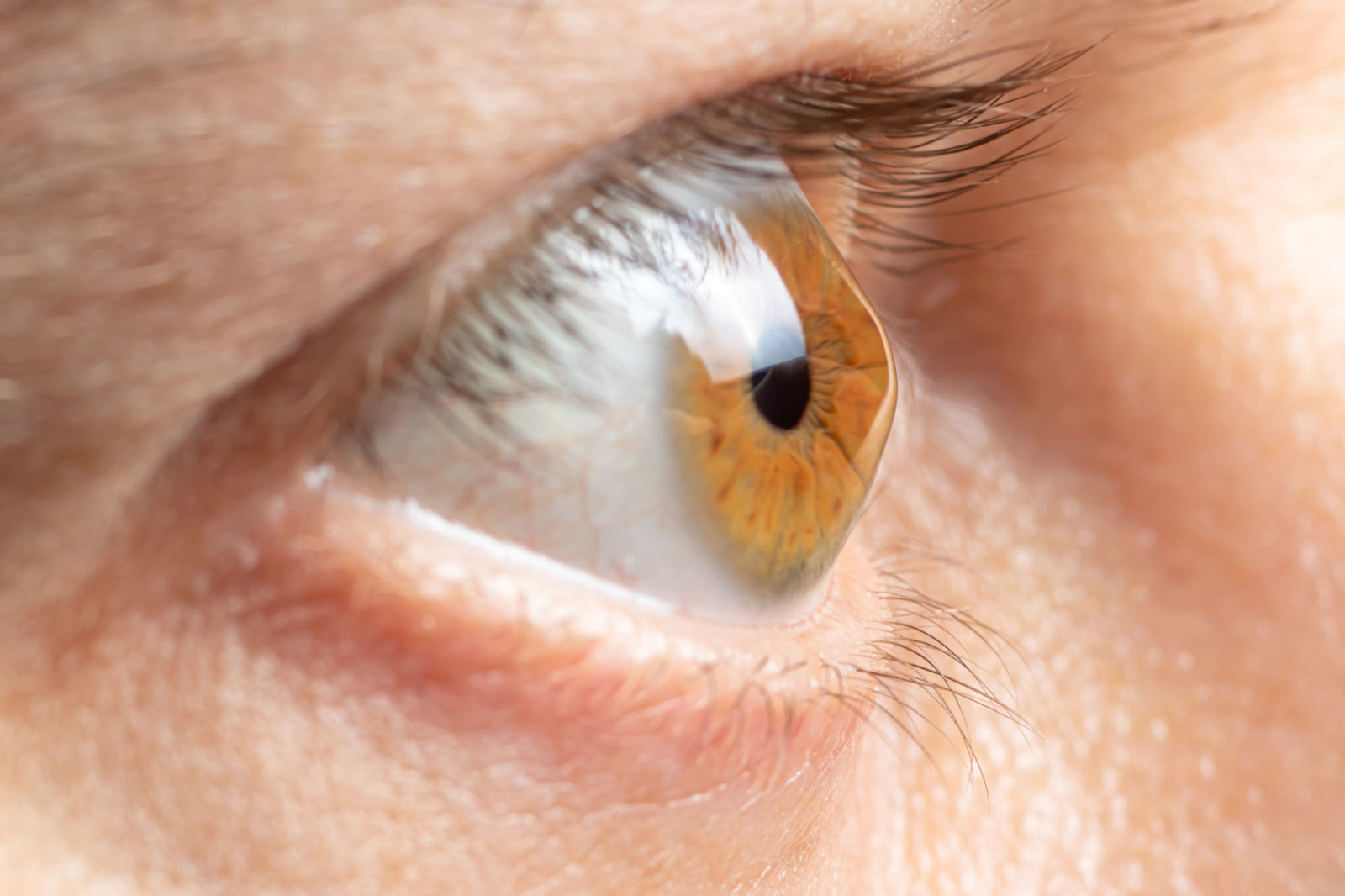
Keratoconus
Keratoconus is an eye condition affecting the cornea which becomes progressively thinner and begins to bulge and become conical in shape. This causes blurred vision and sensitivity to light. Keratoconus, if left untreated can lead to significant impairment in vision. In the initial stages of Keratoconus, it may be possible to correct vision using glasses, however, as the condition progresses, RGP (rigid gas permeable) lenses are likely to be required to give better quality. Specific Keratoconus lenses are also available, which fit better on the irregular shaped cornea. These require specialist fitting.
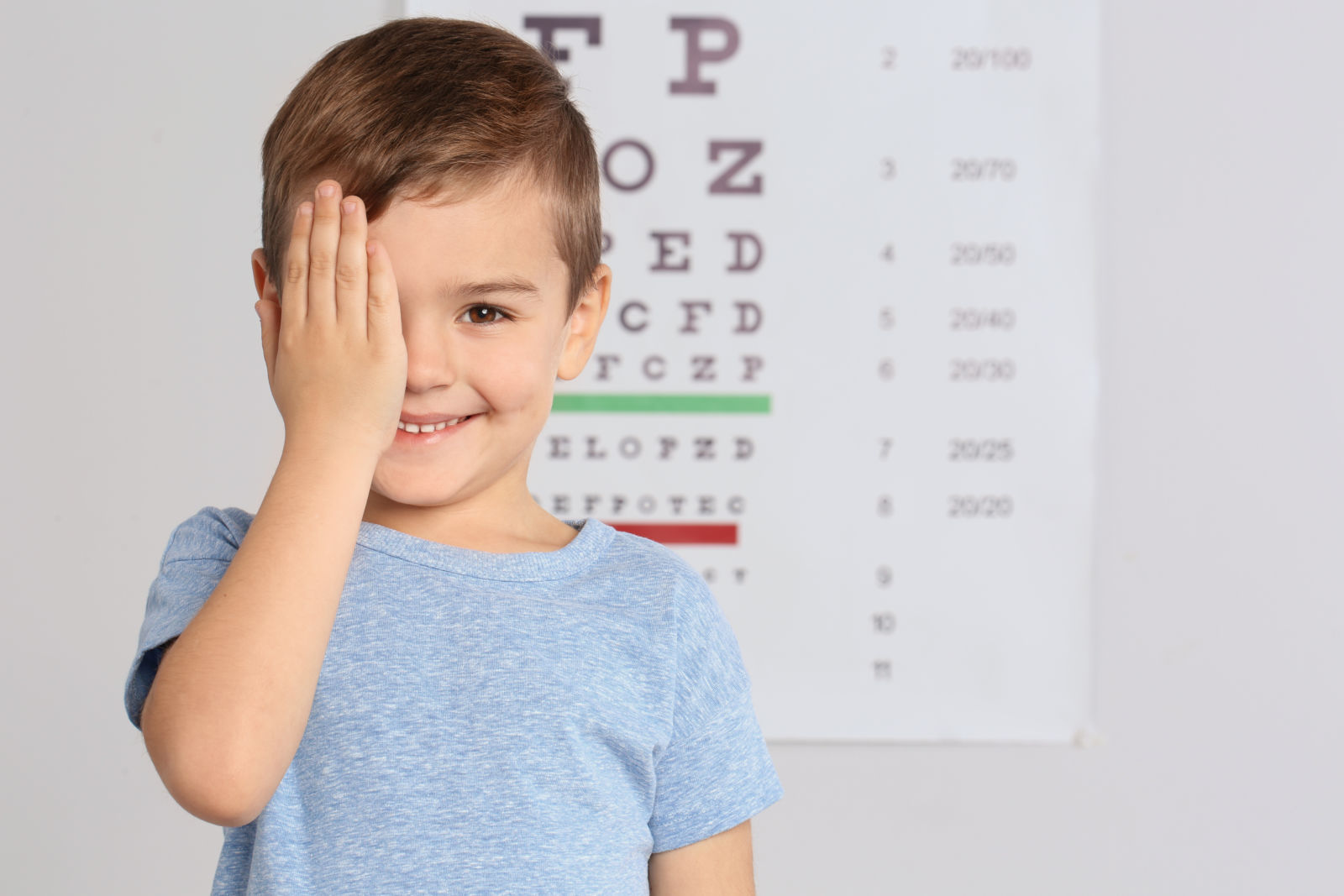
Myopia
Children developing short-sightedness at a younger age may have an increased risk of developing high myopia and the risk of developing visual impairments in adulthood. “Myopia (short sight) Control”, is the term used to describe treatments available to slow the progression of short-sightedness in children. Myopia typically starts during childhood or adolescent years and increases as the eyes continue to grow. With increased levels of myopia, the risks of conditions like retinal detachment, myopic maculopathy, cataract, and Glaucoma increase. Myopia control contact lenses and spectacle lenses have been proven to slow the progression of short sightedness in children.
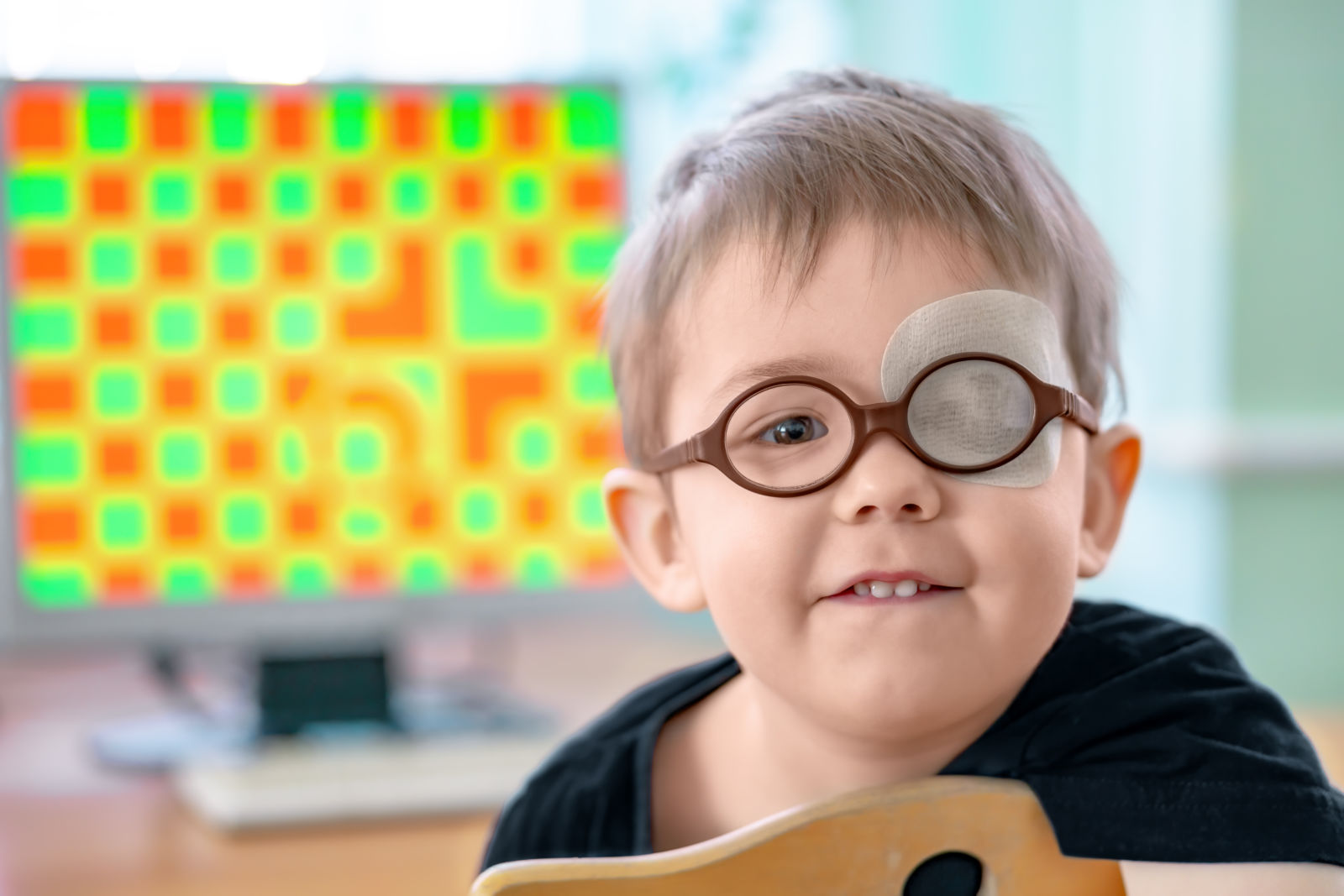
Lazy Eye (Amblyopia)
It's difficult to treat lazy eye after the age of 6, so it's recommended that all children have their vision tested after their fourth birthday. A ‘lazy eye’ is a childhood condition where the vision does not develop properly, known medically as amblyopia. The reason a child develops Lazy Eye is because one or both eyes are unable to build a strong link to the brain. It usually only affects one eye and means that the child can see less clearly out of the affected eye and relies more on the ‘good’ eye. Lazy eye is often diagnosed by having routine eye tests before parents realise there’s a problem. So its important your child has regular eye tests. A lazy eye can be caused by: a reduced amount of light entering the eye a lack of focus in the eye confusion between the eyes – where the 2 images aren't the same (such as a squint) Left untreated, this can lead to the eye's central vision never reaching normal levels.
BOOK AN APPOINTMENT
Book online – it’s quick and easy
Other Products
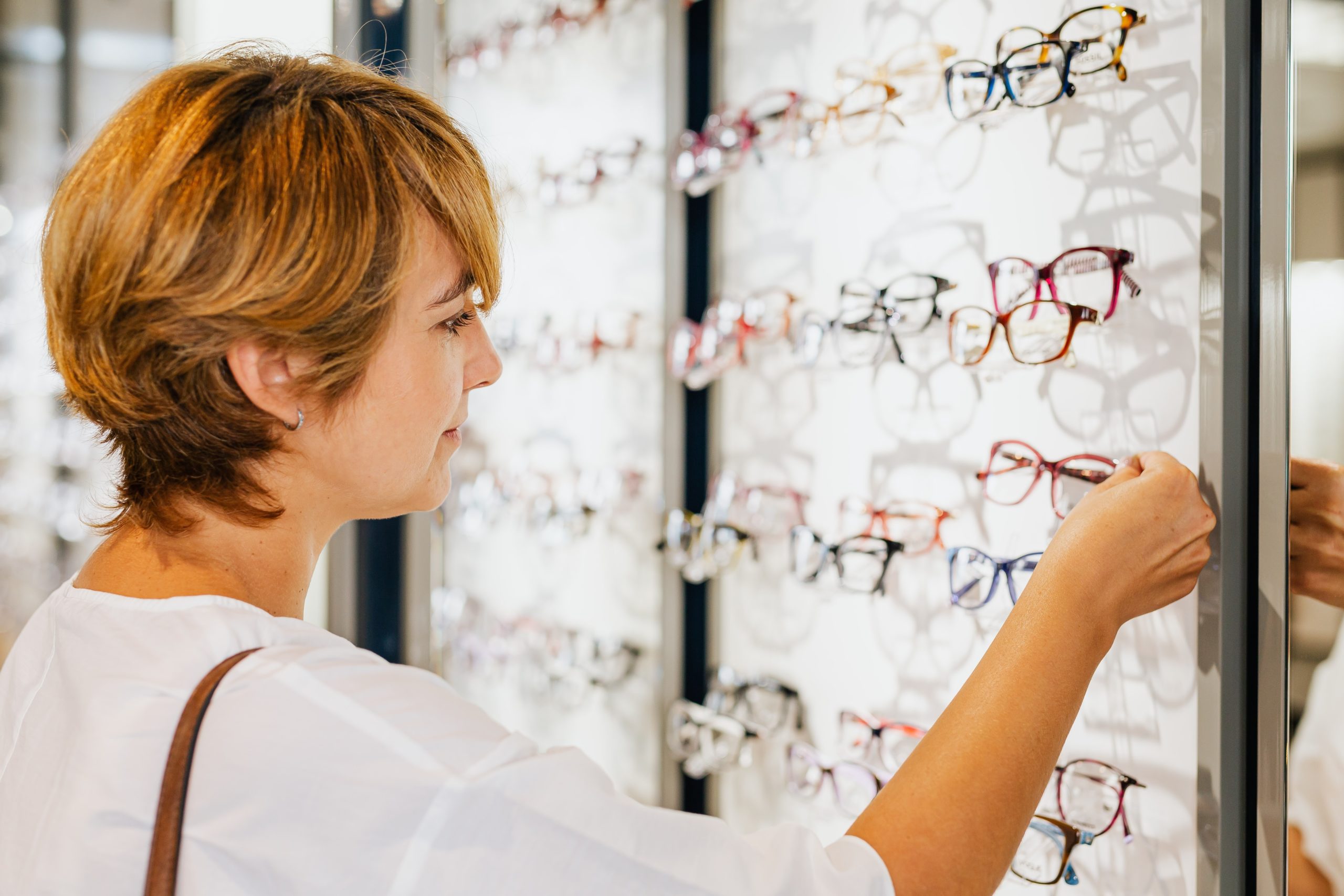
Designer Eyewear
We recognise choosing new eyewear can be a big decision for some, so all the team are always on hand to help or offer extra advice if required. You’ll find we have a wide range of frames including designer frames & non-designer options to suit all preferences and budgets.
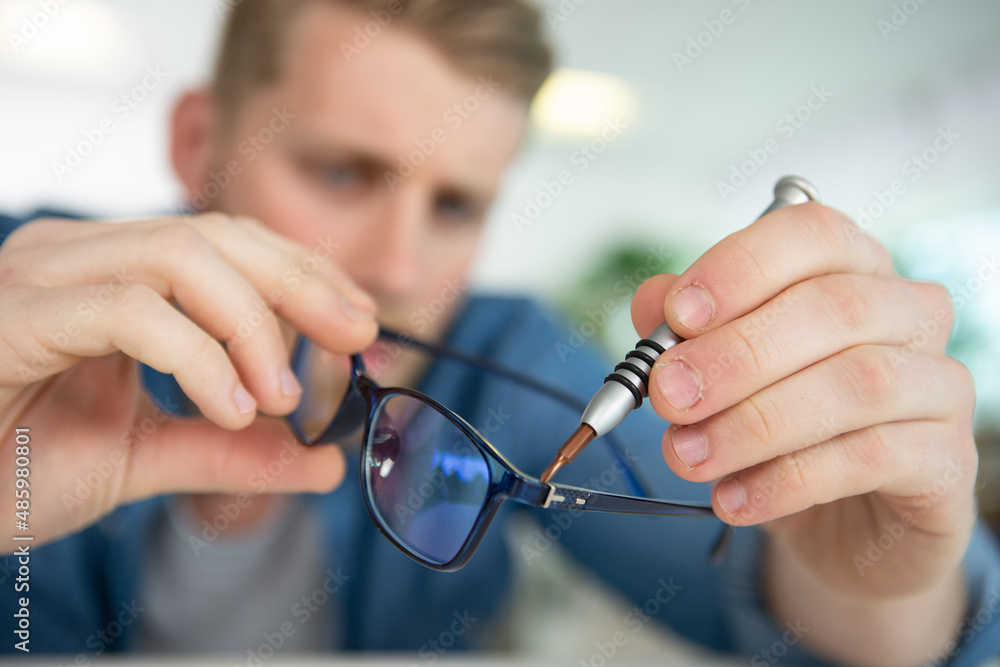
Specialist Lenses
A spectacle prescription is not all you require to make up that perfect pair of spectacles, at Thornton Optometry & Co the Dispensing Opticians will interpret it and discuss the best and lens options for your needs.
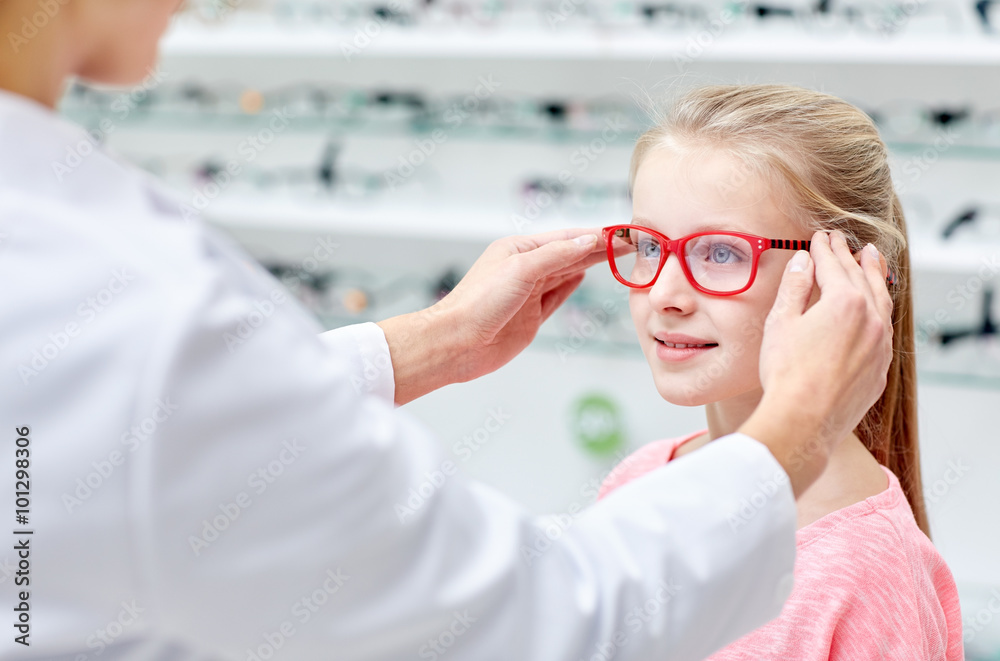
Children's Eyewear
We stock a range of comfortable, colourful, practical frames which have been expertly designed with babies and children in mind. Available in sizes from newborn to teens and adults.
